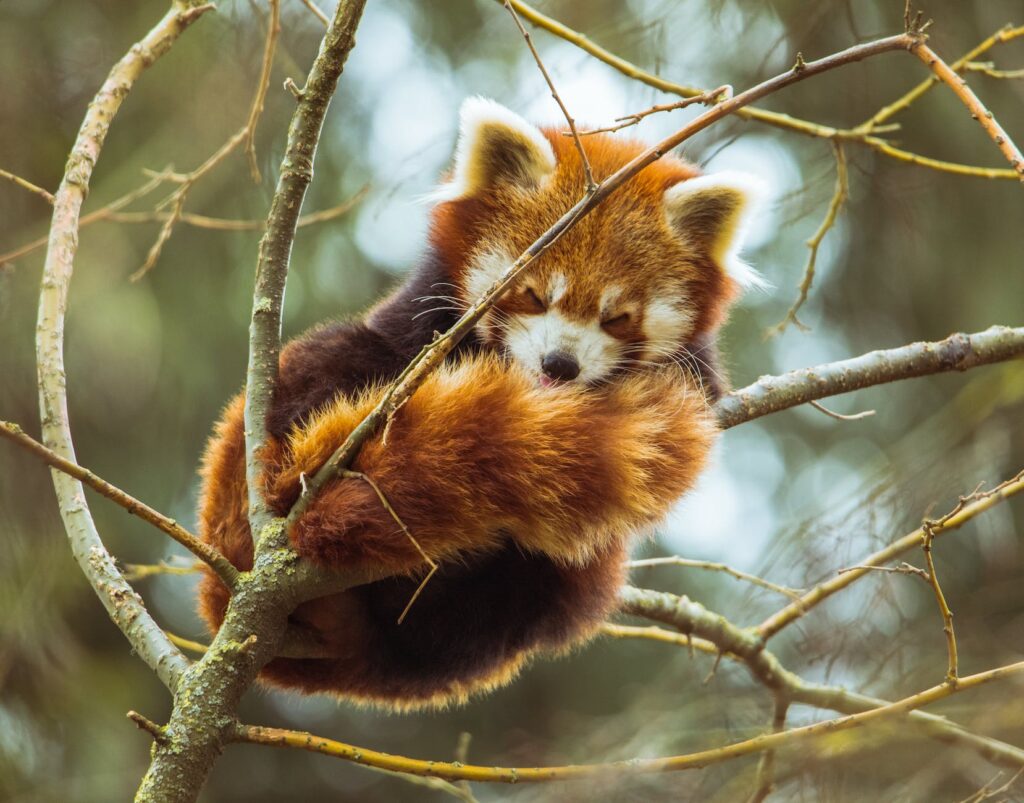
Introduction:
Wildlife conservation is an important and complex issue that involves balancing the needs of human populations with the welfare of animals and their habitats. Says Robert Stravinsky, as human populations continue to grow and expand into previously wild areas, the challenges of maintaining healthy and sustainable ecosystems become increasingly urgent. In this article, we will explore the key issues and strategies involved in balancing human needs with animal welfare in wildlife conservation.
The Importance of Biodiversity:
One of the most important reasons to prioritize wildlife conservation is to protect biodiversity, which is essential to healthy ecosystems and human well-being. Biodiversity supports a wide range of ecosystem services, from carbon sequestration to water filtration to soil fertility, and also provides important resources for human use, such as food, medicine, and fuel. By protecting wildlife and their habitats, we can help to preserve the complex and interconnected systems that support all life on earth.
The Challenges of Wildlife Conservation:
Wildlife conservation faces a number of challenges, including habitat loss, climate change, poaching and hunting, and human-wildlife conflict. Habitat loss is one of the most significant threats to wildlife, as human activities such as deforestation, urbanization, and agriculture continue to encroach on natural areas. Climate change is also having a significant impact on wildlife, as shifting temperatures and weather patterns disrupt ecosystems and push species out of their traditional ranges.
Strategies for Balancing Human Needs with Animal Welfare:
In order to balance the needs of human populations with the welfare of animals and their habitats, wildlife conservation efforts must be based on a range of strategies, including land management, community engagement, and policy interventions. Land management can include everything from habitat restoration to the creation of wildlife corridors that allow animals to move between fragmented habitats. Community engagement can involve working with local communities to develop sustainable livelihoods that are compatible with wildlife conservation, such as eco-tourism or sustainable agriculture. Policy interventions can include everything from laws and regulations that protect wildlife and their habitats, to international agreements that promote sustainable and ethical use of natural resources.
The Role of Technology and Innovation:
Technology and innovation are also playing an increasingly important role in wildlife conservation efforts. Advances in tracking and monitoring technologies, for example, are helping researchers to better understand the movement and behavior of wildlife, and to identify areas where conservation efforts are most needed. Other technological innovations, such as drone surveillance and DNA analysis, are helping to improve law enforcement efforts to combat poaching and wildlife trafficking.
Conclusion:
Balancing human needs with animal welfare is a complex and challenging task, but it is essential if we are to protect the biodiversity and ecosystems that support all life on earth. By prioritizing wildlife conservation efforts and promoting sustainable and ethical use of natural resources, we can help to create a more just and sustainable world for both humans and animals. By working together, we can ensure that future generations inherit a world that is rich in biodiversity and healthy ecosystems